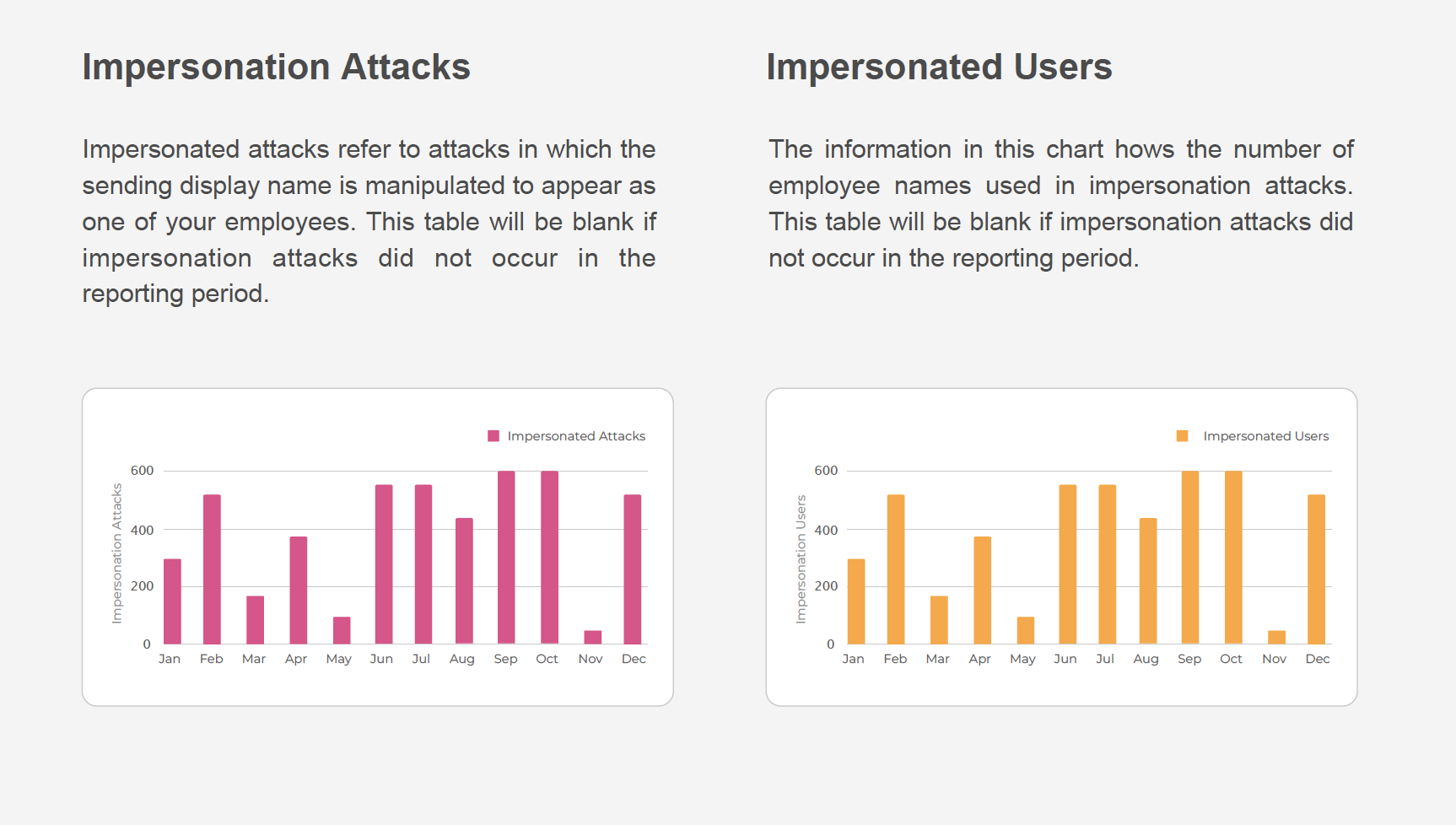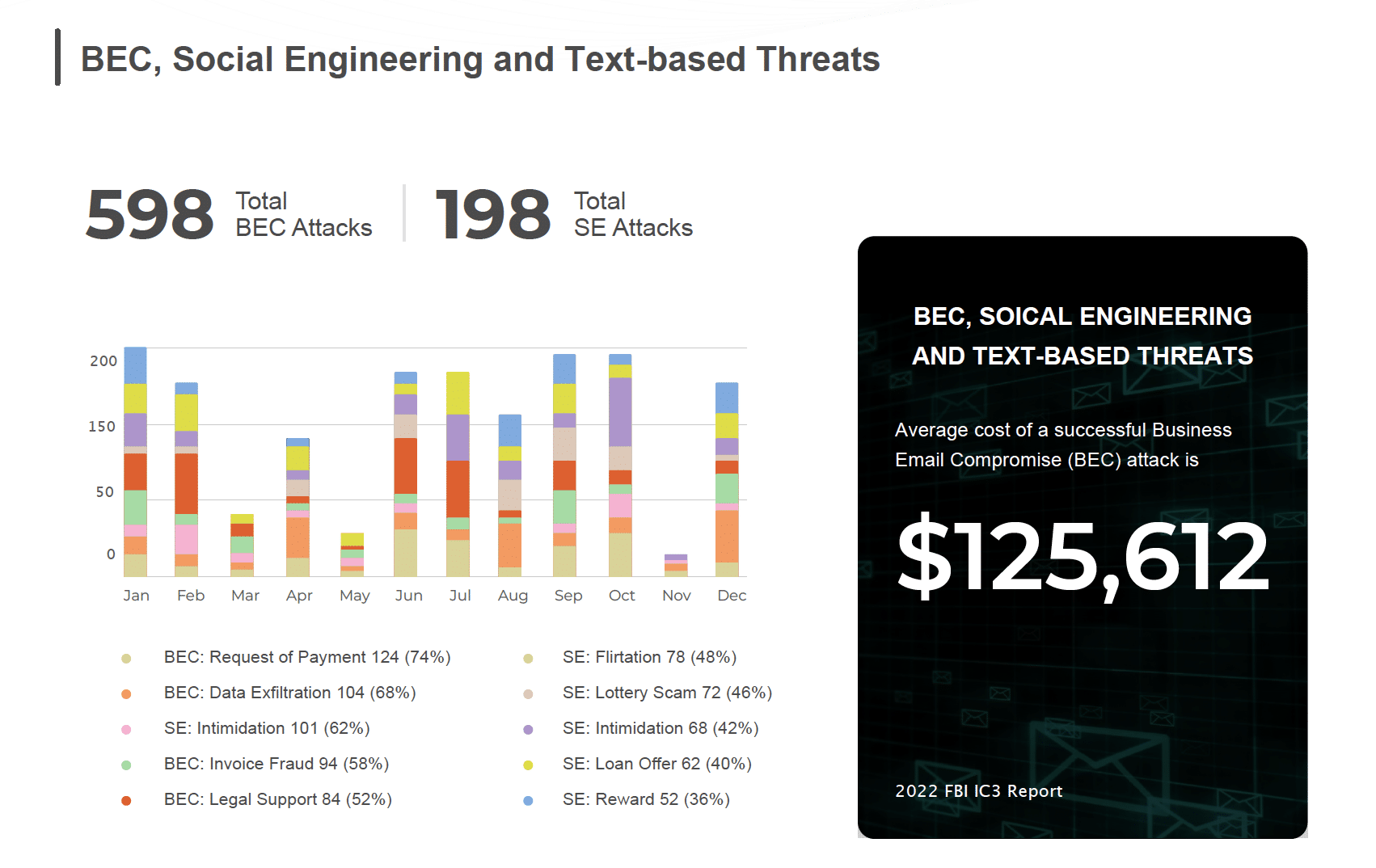With software becoming more secure and adept at defending against malware, the cyberattack threat environment has shifted towards phishing. But unlike in the past, where these attacks were predominantly email-driven, hackers are now focused on multiple channels such as mobile devices, apps, and web pages. Since phishing is a human problem that exploits emotions and deals with the psychology of fear and uncertainty, conventional computing methods are not sufficient to defend against them. One of the biggest problems? The browser.
Threat actors rely on phishing as the start of the attack chain for ransomware. In fact, it has become one of the most dangerous threats facing organizations and end-users today. Using phishing, malicious users have a great way to control an endpoint using a browser as the delivery method.
As humans move completely to the cloud, apps and browsers are all humans need to communicate, the browser is seen as a high-risk in a organization. In response, companies are locking down employees’ browsers to mitigate the risk and safeguard against these attacks. By locking down the browser, organizations can limit how users engage with the outside world. One way is controlling their browser behavior; namely, browser isolation technology, where they are able to view content but cannot share or download or interact with the content on the browser.
It is a dangerous path because we have shifted to a world where digital engagement is centered on browser usage. In fact, the browser is the new operating system. Isolating people from how the internet was meant to be used, as an interactive platform – not only reduces productivity but also leads to the potential for resentment. For example, employees feel that their employers do not trust them and will use other devices to do the things they wanted to in any case. It becomes a whole other debate around shadow IT and mobile device management that IT teams don’t have the capacity to handle.
On the flip side, browser isolation also requires a significant amount of security hours from IT teams. With these teams needing to constantly white list domains to ensure end users can remain productive while still locking down what they perceive a threats to the organization.
Security done differently
How users engage and interact with their devices and the browsers on these devices is really where artificial intelligence (AI) and machine learning (ML) become indispensable tools.
Advanced security tools that leverage AI and ML algorithms can complement human intellect with automated analyses, reducing the time and effort required by a cybersecurity professional to perform the same analysis at a significantly larger scale and at a far faster speed.
Using AI, a literal neural network of gathered security intelligence, helps address the increase in the amount of threats targeting organizations and the current skills shortage in the cybersecurity market. And it does it by taking what one human can do in one hour and multiplying it by thousands. But, more importantly, it applies learned behavorial analysis to detect known and unknown phishing threats proactively and stop them before they can impact the user without any human analysis.
By applying AI and ML to understand what makes an application, extension, and web page malicious, it’s not necessary to block employees from using the full browsers and they can go about their day-to-day routine. Using AI automatically introduces a more sophisticated layer of protection all in the background giving organizations the peace of mind their users are protected. The beauty? It continues to learning and applies that learning to the environment without placing unnecessary strain on security teams.
Realistically, organizations have no choice but to embrace AI if they want to remain safe. Cybercriminals themselves use AI and ML to generate new malware variants, ransomware families, and phishing campaigns. With millions of these new ‘mutated’ threats being released daily, the only defense is using AI-powered protection. We always say it is better to fight machines with machines, and this is the perfect example of exactly how relying on the intelligence drawn from these systems will help thwart security threats.
Intelligent defense
Of course, it is one thing to have a cloud-based environment that can leverage this technology. Companies have been investing millions in securing their multi-cloud environments, but what about the devices themselves? What about browsers themselves? Intelligent defense requires on-device ML technology that extends to the browser to mitigate the risk of compromise.
Such an on-device AI phishing defense solution with natural language and link-based detection can protect users from mobile-based smishing, browser-based spear phishing, and business email compromise. Combining the best cloud and on-device defenses results in a pre-emptive environment that sees companies automatically get advanced visibility, detection, and protection from emerging threats.
It comes down to delivering cloud-scale resources to real-time, multi-vector, multi-payload phishing threat detection. As such, organizations are protected from more evasive tactics and previously unknown, zero-hour threats missed by URL inspection and domain reputation analysis methods.
The world has shifted from domain reputation and threat scoring to AI-fueled behavioral analysis focused on stopping phishing. With SlashNext, users have the most accurate protection against even the most advanced zero-hour attacks through the power of SlashNext’s AI SEER™ Threat Cloud.
Dive Into SlashNext’s AI SEER™ Threat Cloud to see how AI Stops Multi-Channel Phishing at a Live Webinar December 2 @ 10 AM PT


